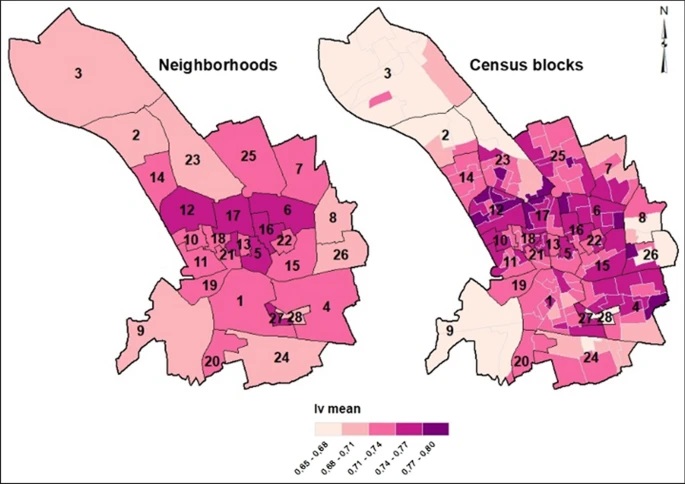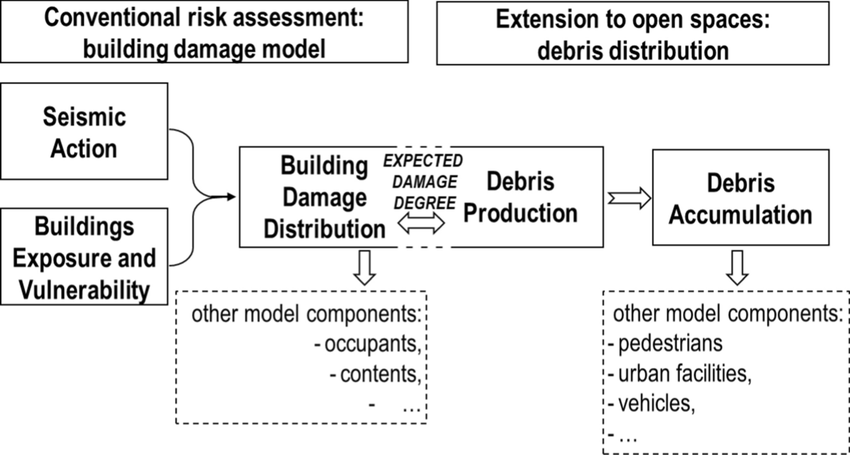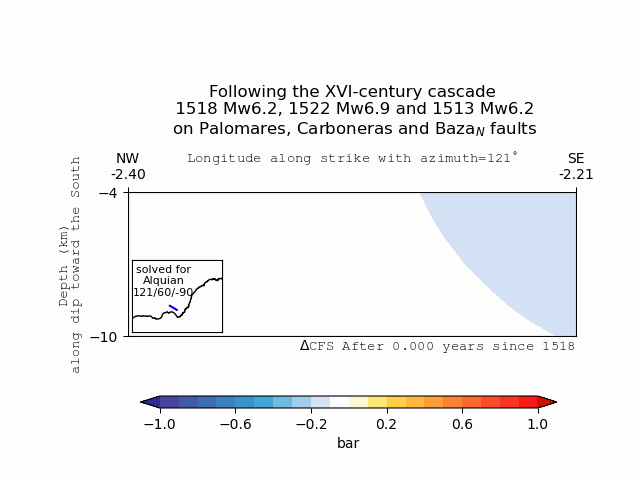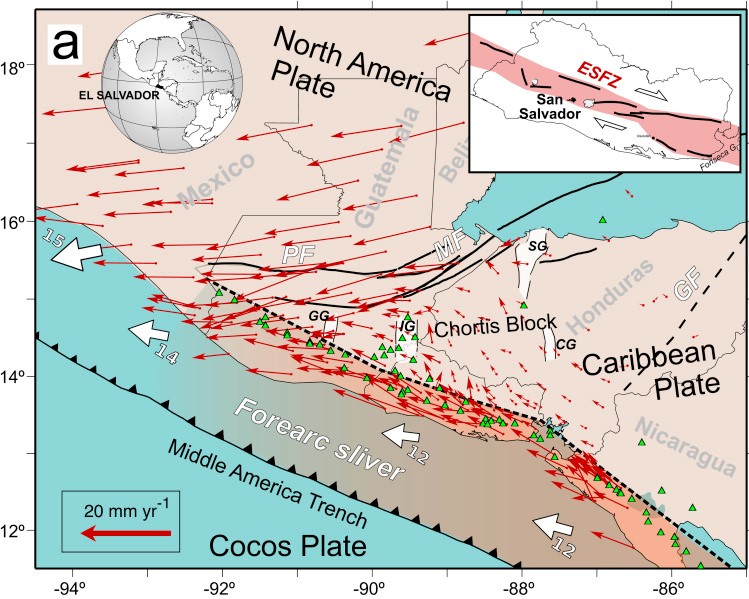Classifying buildings according to seismic vulnerability using Cluster-ANN techniques: application to the city of Murcia, Spain
The seismic vulnerability of a city is a degree of its intrinsic susceptibility or predisposition to sustain damage or losses stemming from seismic events. In terms of physical vulnerability, one of the most important factors for assessing seismic risk, especially, for estimating losses, is the exposure of structures, particularly those structures intended for residential use.







